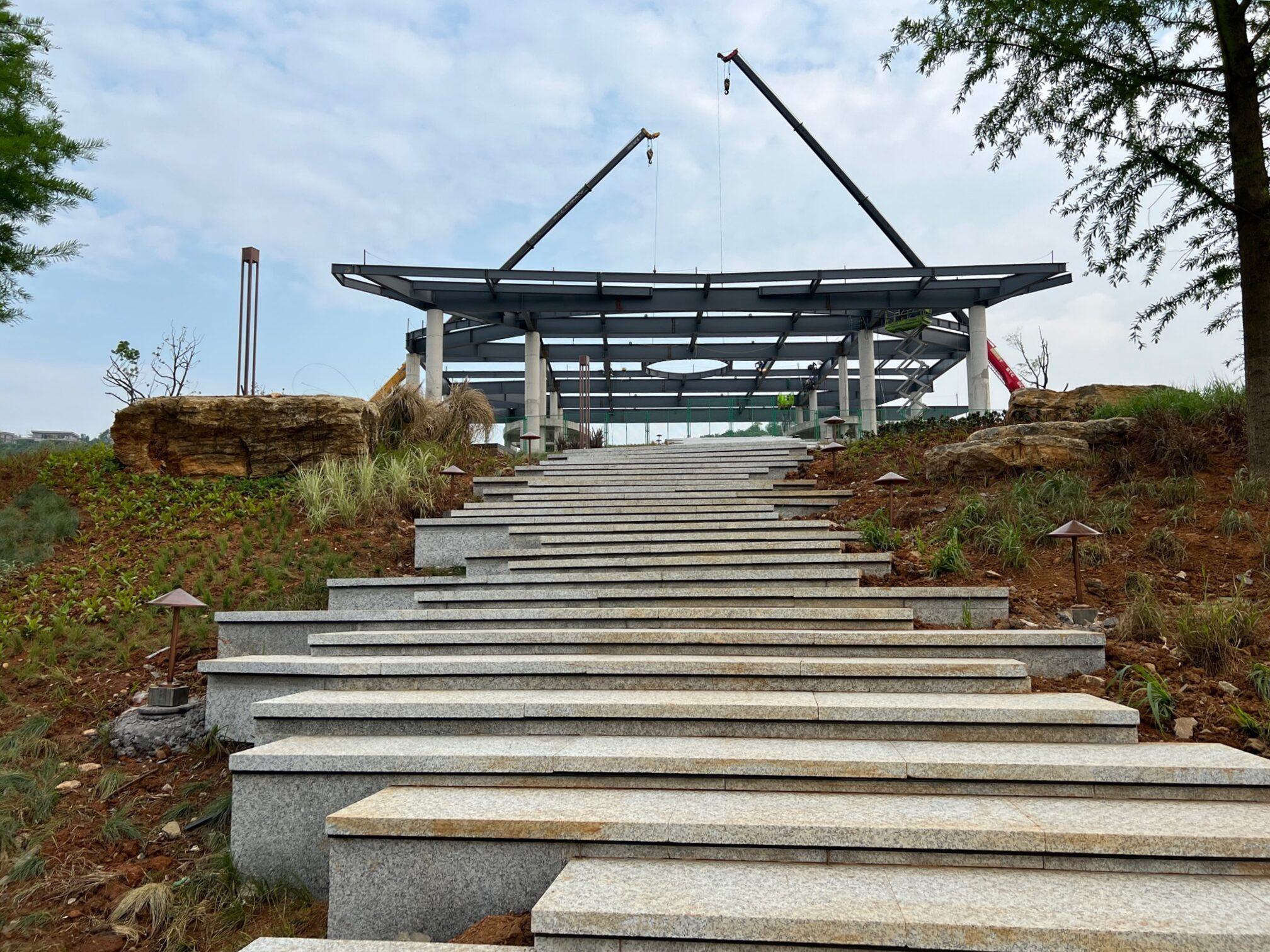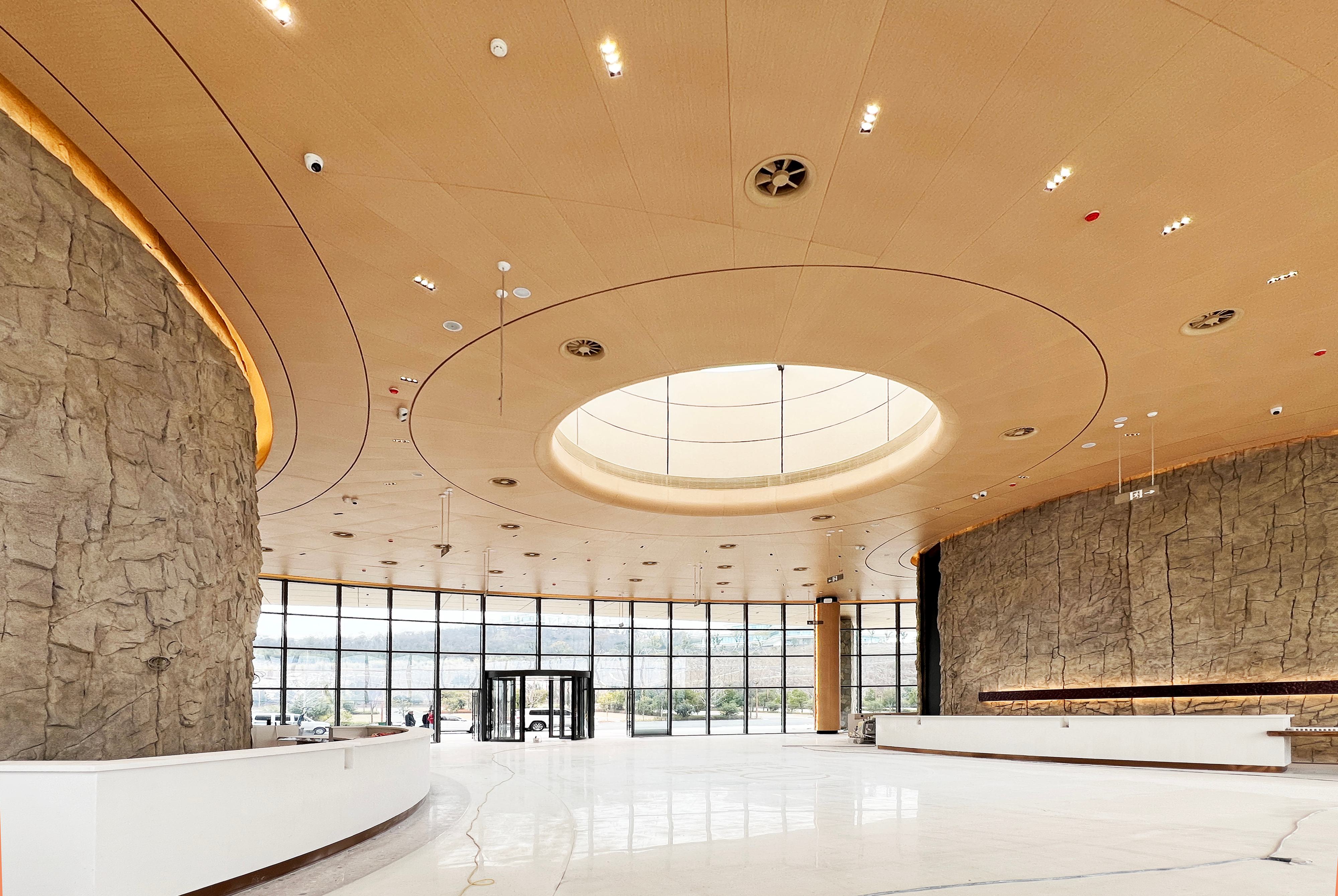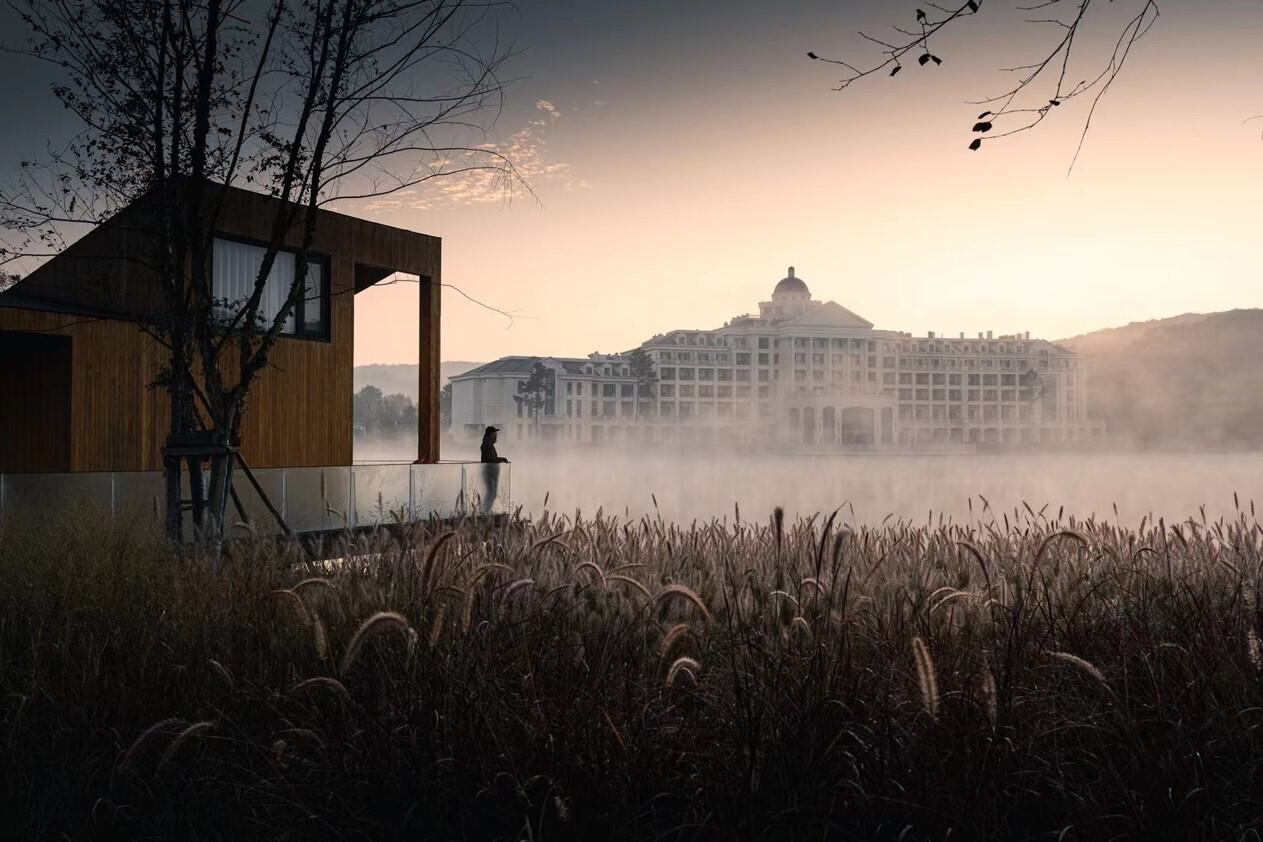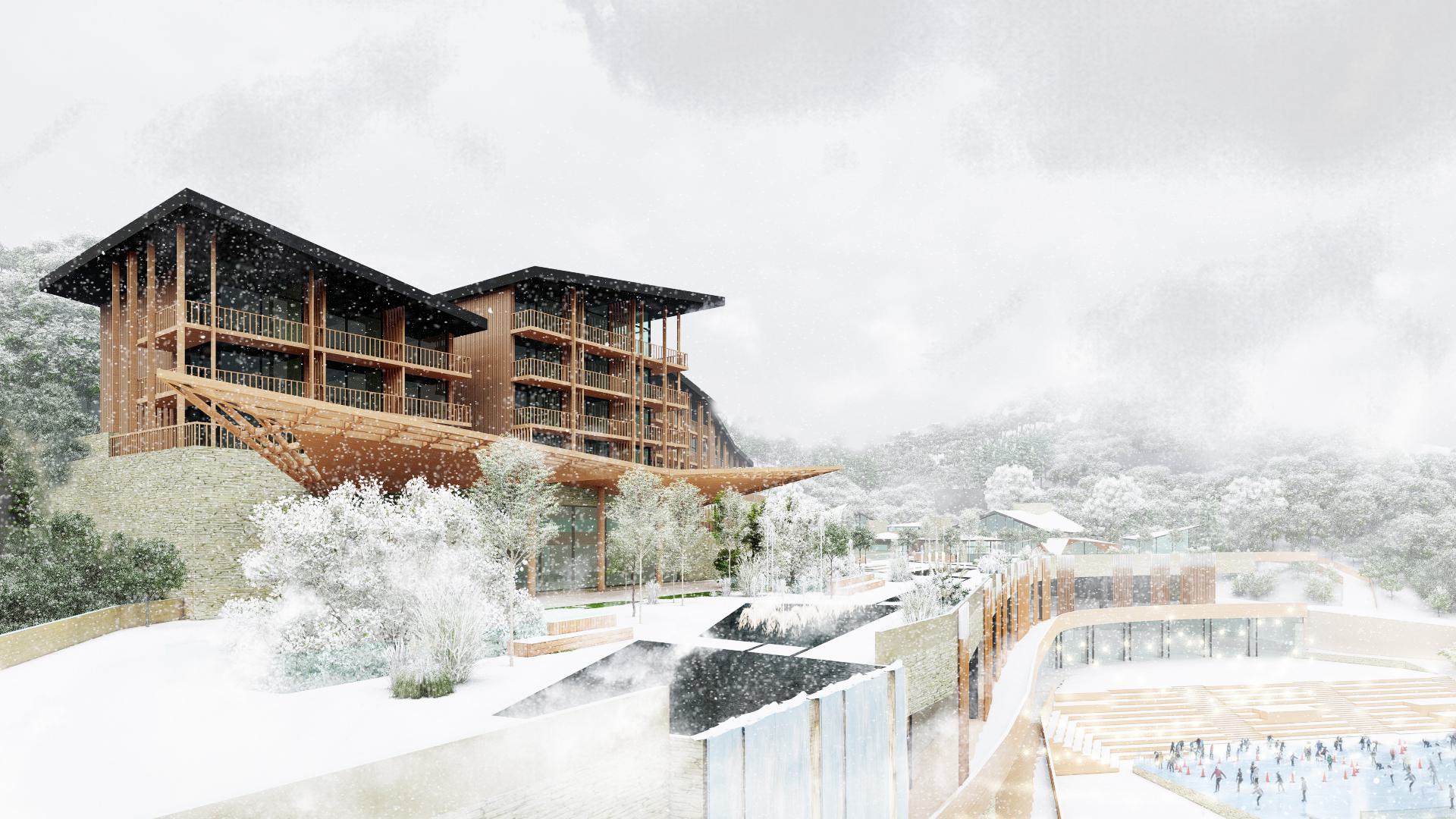
21 Oct 2024
Join us in conversation with Amy, our talented urban designer and China Manager at CPMG. Learn more about her role in driving our projects across China and how her expertise helps shape CPMG's global design vision!
Background & Expertise:
1. Can you introduce yourself and tell us a bit about your background and experience, and how you became interested in architecture and design?
I completed my postgraduate studies in Environmental Planning at the University of Liverpool in 2006-2007. Although it wasn’t a design degree, it was taught in the Department of Civic Design, where I took courses with architectural and urban design students. This is where my interest in design really took shape. After graduating, I joined a masterplanning and urban design team in London, which allowed me to work alongside top designers on large-scale projects across Europe, the Middle East, and China. By my fifth year, I was leading projects in China, gaining invaluable experience along the way.
2. What is your design philosophy, and how has it shaped your work across various projects?
I believe design should serve people at its core. Many designers say this, but for us, it’s a guiding principle. We don’t design solely for aesthetics or space; we start by researching what people truly need and the business model behind each place. This is something I honed during my masterplanning projects. Our designs are not just functional but also add value for the client, with the look and feel shaped by understanding people’s needs. In China, many of our projects have been well-received locally, adding value for clients and creating positive social impacts. This approach has helped us navigate challenging economic times, particularly in recent years.
3. What specific experiences in China have shaped your approach to design, particularly in the leisure sector?
One of the most influential projects has been Dragon Valley Resort, our first large-scale design and general contracting project in China. This project encompassed masterplanning, engineering, architecture, landscape, and interior design—a rare opportunity in China and internationally. I was involved in all aspects, from client relations and project management to on-site services and government permit processes. This project was a fantastic learning experience for me.



Approach to Design:
4. Can you describe your experience working in China’s architectural industry? How does the design culture differ from other parts of the world?
With over 15 years of experience, I’ve worked in both the UK and China with clients from around the world. During China’s property boom (2001-2011), the industry was more of a production line than a creative process—speed was key, with little room for new concepts. Developers often reused designs across projects. In the last decade, as the market slowed, talented designers and firms have gained more recognition, and the industry is undergoing a period of self-cleansing. While speed remains a priority, it’s less frantic now.
5. How do you incorporate cultural aspects and local influences into your designs?
China is vast, with diverse cultures and development stages, which makes designing challenging, whether for buildings or landscapes. Clients expect quick, high-quality results with distinctive features, often on limited budgets. We begin with study trips to local tourist spots, shopping centres, and food markets to capture the local essence. These observations then inform the design, ensuring our work genuinely reflects the people and the place.
6. Could you walk us through your creative process when starting a new project? What influences and inspires you?
I always begin by standing alone on-site to absorb its orientation, sunlight, views, and access points. The natural landscape is often a major influence—from the shape of the land to water, trees, and even the air. For larger urban projects, I walk every corner of the site and engage with locals to fully immerse myself in the culture. Visiting the local food market also helps me feel part of the community, and leaving the project often feels like leaving home.
Industry Trends:
7. How do you see leisure architecture evolving in China and globally?
Historically, leisure architecture in China was functional, designed to accommodate large numbers of tourists visiting scenic spots. These areas were typically segregated and ticketed, fostering a “sightseeing” mentality. In recent years, with China’s rapid development and growing affluence, people seek more holistic leisure experiences. This shift has transformed leisure architecture, with buildings now including spaces for relaxation, children’s play, sports, and high-quality dining. Eco-friendly design and local culture also play important roles, resulting in more character-filled spaces that cater to both relaxation and stimulation.
8. What trends or innovations in design do you find most exciting or impactful?
Early in my career, I worked on several sustainable urban space projects, including eco-towns in the UK and eco-city initiatives in France and the Middle East. I also represented my former company in the UK-China Eco-City Programme, helping to create an index system for designing eco-cities in China. Projects like the Nanning Low Carbon Eco-City Masterplan and Tonghu Smart City exemplify the exciting integration of sustainability into urban development.
Notable Projects:
9. Can you share some of the leisure projects you've worked on that you're particularly proud of?
Dragon Valley Resort stands out. It was our first large-scale resort project in China, covering everything from masterplanning to engineering. With 380 rooms ranging from £120 to £650 per night, the resort is a business success and remains fully booked. Another notable project is the Daicun Sports and Leisure Town in Hangzhou, which has become popular since opening, thanks to its holistic design approach that balances relaxation, stimulation, and community engagement.

Global Collaboration:
10. What challenges and opportunities do you encounter when working on international projects, especially across cultures?
A memorable challenge was upgrading the planting strategy for Salam Park in Riyadh. I had no prior knowledge of local plants, but after research and consulting colleagues, I delivered a successful design. The park remains one of the most popular in the city.
11. How does the concept of leisure differ in China compared to other countries, and how do you adapt your designs accordingly?
Leisure in China is quite different from leisure in the West. Chinese tourists typically prefer active holidays filled with various activities rather than passive relaxation. For example, many Chinese women avoid sunbathing, as lighter skin is culturally preferred. Consequently, our leisure projects place a strong emphasis on providing shade—through trees, structures, or shaded walkways—while ensuring that outdoor spaces remain accessible and comfortable.
Family-friendly facilities are also key, as families with children dominate the leisure market. Men often engage in outdoor sports or play cards rather than frequent bars, so our holiday resorts in China tend to have smaller bar areas, focusing instead on high-quality dining, often with private rooms, which are highly sought after. While Western leisure projects might include large bars or nightclubs, in China, spaces are more commonly dedicated to family activities, card rooms, and KTV lounges.


12. What are your long-term goals or aspirations for the future of architecture in China?
The architectural industry in China has passed its rapid growth phase. The property market is currently experiencing a downturn, with many government-led projects stalled due to financial constraints. I don’t foresee a significant resurgence for public buildings like theatres, office spaces, or retail in the near term. However, I see great potential in urban regeneration, especially in residential communities where there’s a growing demand for better living environments and public facilities.
The leisure market, on the other hand, is thriving and will continue to grow. There's increasing demand for high-quality resorts, upgrades to existing holiday destinations, and the development of niche markets like ski resorts, cultural retreats, and rural village resorts. Going forward, our focus will be on the leisure sector, both for holiday destinations and urban leisure spaces, as they offer the most promising growth opportunities.
13. What role do you see sustainability playing in the future of design, especially in China?
Sustainability isn’t just a trend; it’s essential for modern design. While some large-scale urban projects in China have embraced sustainable practices, there’s still much progress to be made. Many developers seek certifications like LEED or BREEAM to attract high-end clients, but true sustainability goes beyond ticking certification boxes. It’s about creating designs that are deeply aligned with environmental principles and function in harmony with their ecosystems.
In the future, sustainability will become a core feature of all successful projects, not an optional add-on.
14. What advice would you give to young architects who are just starting their careers?
My advice to young architects is to explore a variety of design disciplines, project types, and locations early in their careers. This allows you to discover what excites you and where your strengths lie. Don’t be afraid to take risks or face challenges. Failure is inevitable, but it’s through those experiences that you’ll learn and grow.
Also, have a long-term goal. A clear vision of where you want to be in the future will help you stay focused and persevere through tough times.
-
If you’re interested in learning more about CPMG’s innovative projects in China and beyond, or want to discuss how our people-centred design approach can enhance your next project, get in touch with our team today! https://www.cpmg-architects.com/contact